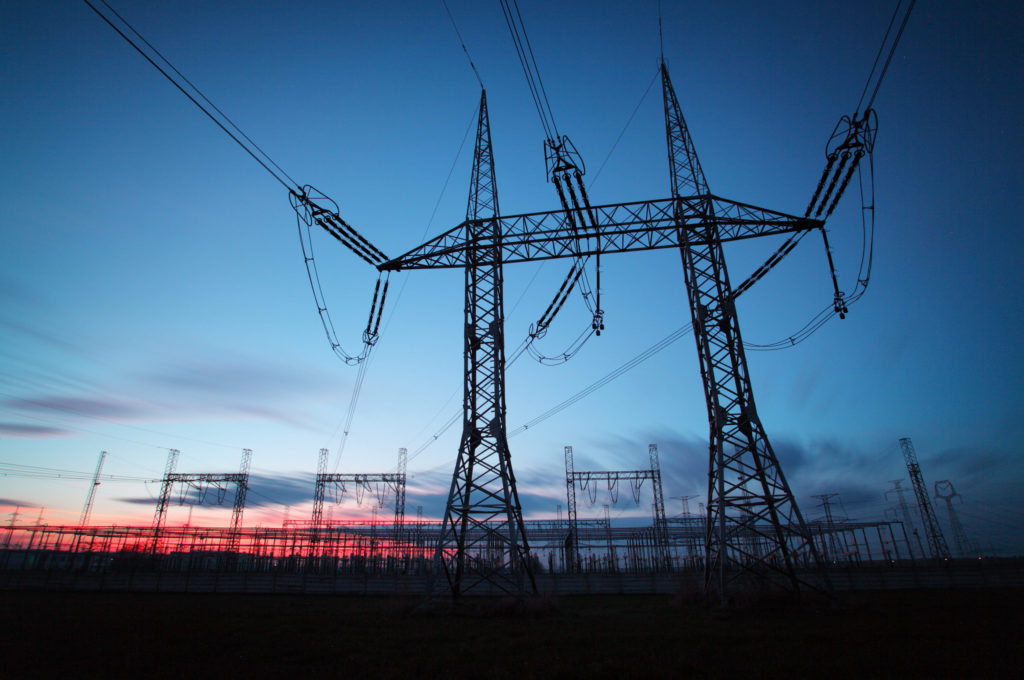by Dr Iain Staffell – Imperial College London
Cottam coal-fired power station closed down after 50 years, taking with it one-fifth of Britain’s remaining coal capacity.
This leaves just five operating coal plants, two of which are set to close by March 2020. Coal power stations again supplied less than 1% of Britain’s electricity, averaging just 0.2 GW over the quarter. Coal output has halved over the last 12 months, and fell below 1 GW for the first time since the 1920s.
Electricity generation from coal is at its lowest for 90 years
Carbon Brief and several newspapers reported that renewables supplied more electricity than fossil fuels in the third quarter this year. The Electric Insights data (right) show that fossil fuels supplied 39% of demand, compared to 35% from renewables. One difference is that Electric Insights covers Great Britain rather than the whole United Kingdom, as Northern Ireland is on a separate power system shared with the Republic of Ireland. Secondly, Carbon Brief tried to estimate the supply from small-scale renewables which are embedded into the distribution networks, and do not publish data on their hourly power output.1 Regardless of methods, we echo Carbon Brief: this is a “symbolic milestone in the stunning transformation of the UK’s electricity system over the past decade”.
Britain’s electricity supply mix in the third quarter of 2019
Nuclear power also continued its bad run from last quarter. Output was again one-fifth lower than this quarter last year, with the country’s 9.5 GW of reactors averaging just 5.8 GW of output.
Britain’s wind farms were the second-largest source of electricity over the last three months, beating nuclear into third position. Output was one-third higher than this time last year.
Electricity demand fell to 64.5 TWh over the quarter, an average of 29.2 GW. Demand for this time of year has not averaged less than 30 GW for a quarter of a century.
Wholesale electricity prices continued falling to reach their lowest in three years. This prompted exports (which are typically at their lowest during Q3) to reach their highest level since 2010. That said, Britain still imported four times more electricity than it exported.
Installed capacity and electricity produced by each technology1 2
1: Other sources give different values because of the types of plant they consider. For example, BEIS Energy Trends records an additional 0.7 GW of hydro, 0.6 GW of biomass and 3 GW of waste-to-energy plants. These plants and their output are not visible to the electricity transmission system and so cannot be reported on here.
2: We include an estimate of the installed capacity of smaller storage devices which are not monitored by the electricity market operator. Britain’s storage capacity is made up of 2.9 GW of pumped hydro storage, 0.6 GW of lithium-ion batteries, 0.4 GW of flywheels and 0.3 GW of compressed air.
Lead author: Dr Iain Staffell
